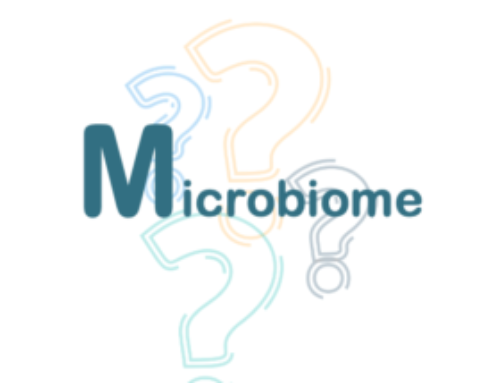 Enterotypes allow individuals to be classified according to their intestinal bacteria.
Enterotypes allow individuals to be classified according to their intestinal bacteria.
The bacterial species housed in the digestive tract are uniquely combined and distributed in each human being. Thus, each person has his or her own microbiota.
Nevertheless, in the frame of the European MetaHit project (2008 to 2012), researchers have succeeded in identifying and characterising three different major phenotypes of microbiota, called enterotypes. They can be likened to a bacterial signature, like blood groups.
Unlike blood types which remain unchanged throughout life, enterotypes can change, although they are relatively stable over time. A change in diet or taking medication such as antibiotics could have a very long-term influence. However, they would be independent of ethnic, geographical or genetic characteristics.
3 different enterotypes
Each enterotype is distinguished by a predominant bacterial population, each capable of digesting a specific type of nutrient:
- Enterotype 1, dominated by Bacteroides. It is usually associated with a Western diet, i.e. high in animal protein and saturated fat. Bacteroides allow the synthesis of biotin (vitamin B8).
- Enterotype 2, characterised by the abundance of Prevotella, would be more related to a diet rich in complex carbohydrates and fibers (vegetarian type diet). It synthesises thiamine (vitamin B1) and degrades mucin glycoproteins.
- Enterotype 3, dominated by Ruminococcus, is the most commonly found enterotype. It allows the synthesis of heme, which enables the transport of oxygen in the blood. Ruminococcus is also capable of degrading mucins like Prevotella.
This classification may explain why the effects of certain foods or medicines vary from person to person. In addition, it could help detect people at risk; facilitate the diagnosis of various diseases such as diabetes or obesity but also adapt medical and dietary advice to the individual.
LC
References
Picture : Freepik




